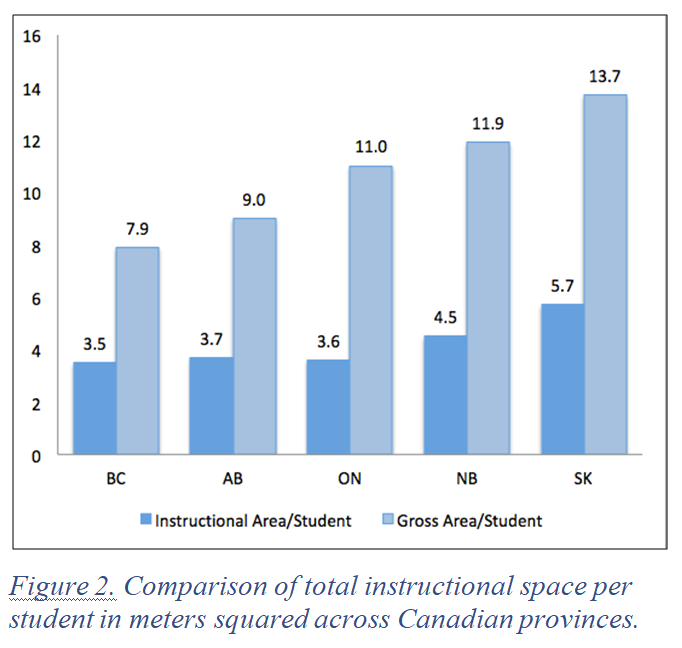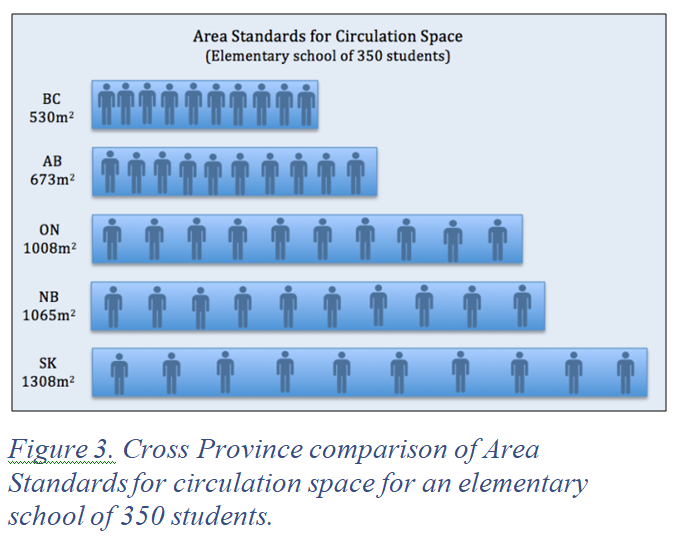|
Today PAN sent the Ministry of Education a brief (download pdf) calling for an Area Standards Review.
Background: BC Area Standards were established by the BC Ministry of Education in 2003, just prior to commitment to the seismic mitigation program. The Area Standards policy defines eligible space allowances for all new and replacement elementary, middle and secondary schools in BC. BC Area standards fall far below area standards in other provinces for space allowance per pupil space. Even though BC is a world-leader in 21st century curriculum design, the BC Area Standards does not allow sufficient space to build schools that support the teaching and learning goals of the redesigned curriculum.Under the current standards, replacement schools are on average 30% smaller than existing schools for the same size population.Area Standards effectively eliminates non-enrolling spaces for art and music in elementary schools. It also severely restricts space for circulation in schools, that has effect on social wellbeing and sense of belonging for students within a school. Furthermore, BC Area Standards does not reflect increased space requirements arising from the restored contract language on class size and composition. BC is spending billions of taxpayer dollars over the next decade to replace and upgrade seismically unsafe schools and aging infrastructure as well as meeting demand in areas of rapid population growth. It is imperative that the Area Standards policy is updated to ensure that new schools are not only safe but effective and support the teaching and learning goals of the redesigned BC curriculum. Other provinces are leading the way in updating area standards to align with 21st century school design principles. We believe BC can too. We are calling on the provincial government to conduct an area standards review. Did you know? BC AREA STANDARDS:
Blog post reformated on October 20 to increase readability.
0 Comments
On Thursday, October 11, PAN's Maggie Milne Martens and Galen Hutcheson presented to the Select Standing Committee on Finance and Government Services on BC Budget 2019.
PAN requests for next year's budget are:
|
PANPAN updates and news, partner events, and other timely information relating to public school advocacy in and around Vancouver, BC. Archives
June 2020
Categories
All
|



 RSS Feed
RSS Feed